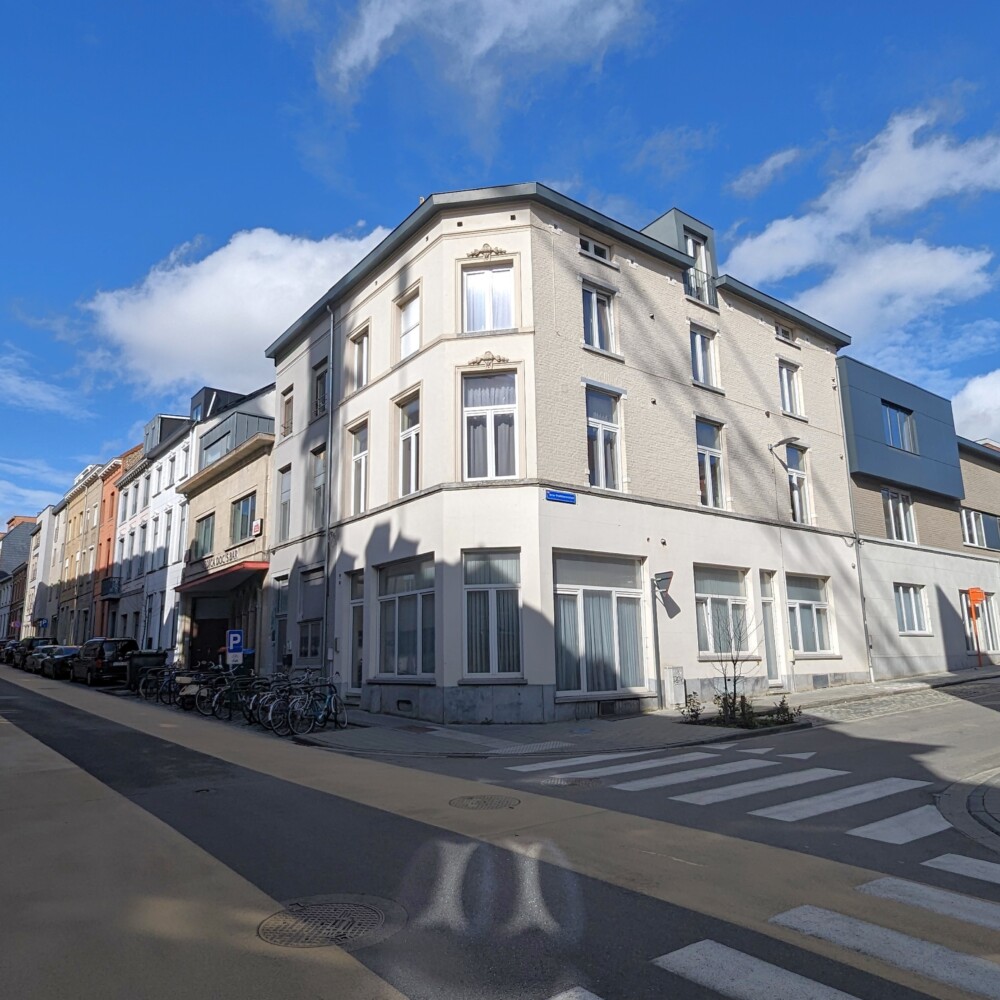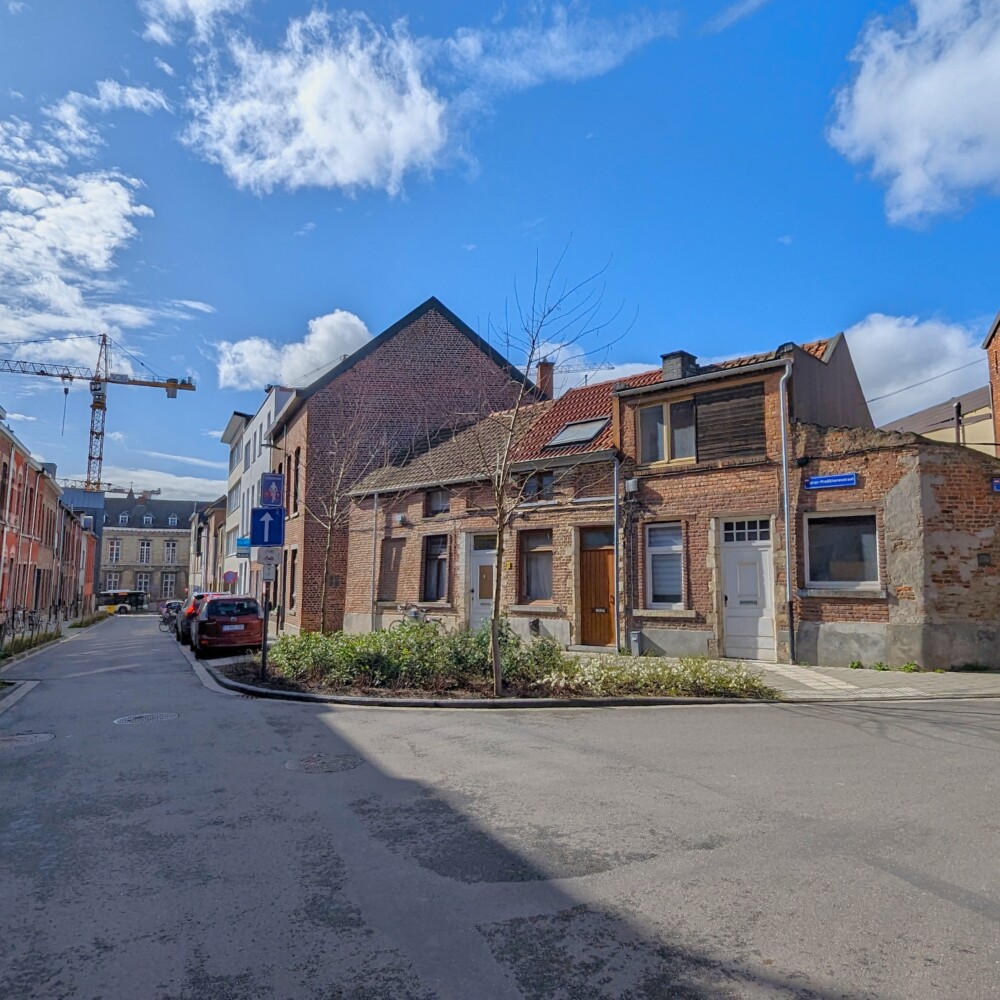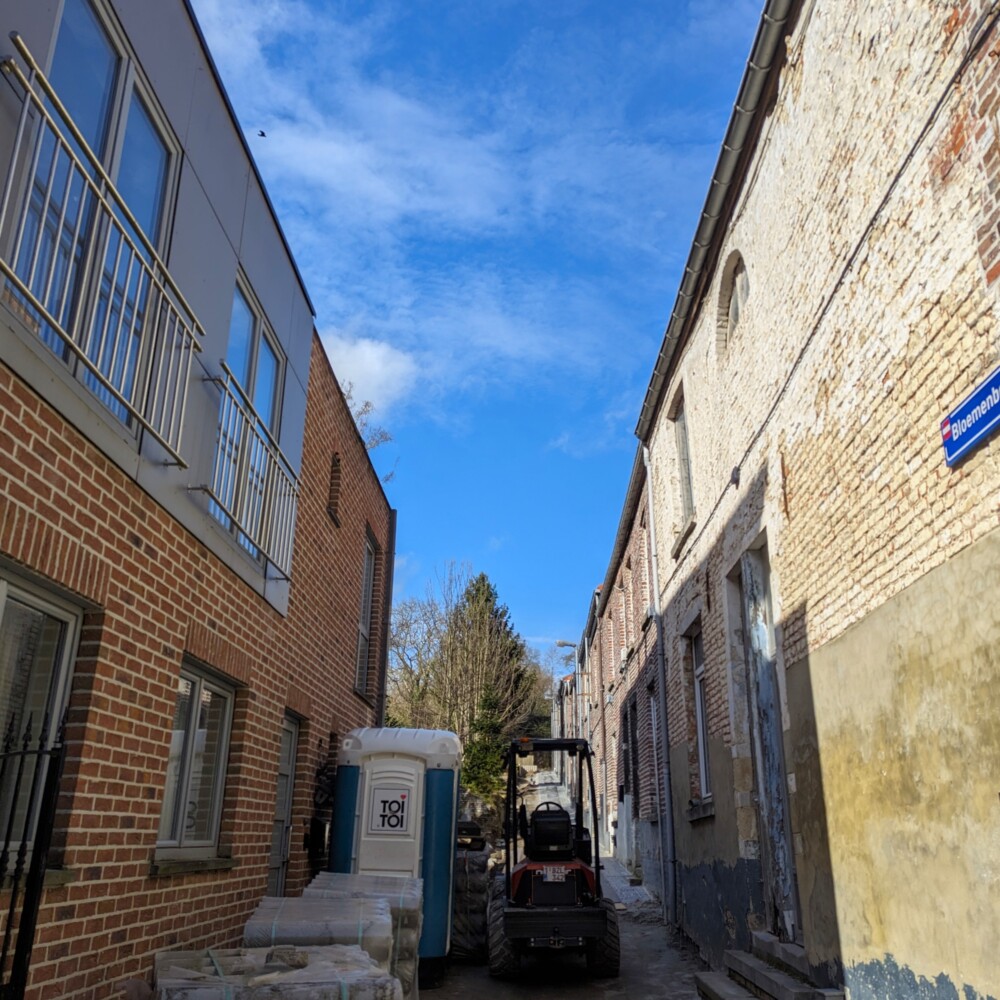ABOUT
Located between today’s Ierse Predikherenstraat, Brusselsestraat and Noormannenstraat was the Monastery of the Irish Dominicans (Klooster van de Ierse Predikheren). This community is not to be confused with the Monastery and College of the Irish Franciscans (Klooster der Ierse Minderbroeders) which still exists today as the Irish College of Leuven.
Origin
A last-ditch attempt for survival
According to Edward van Even, Leuven’s 19th century historian, the Irish Dominicans arrived in Leuven in the early 17th century in order to secure a place of refuge and training ground. Following a century of the Tudor Conquest of Ireland, the Irish Order of Preachers was convinced that they might not survive unless they relocated outside of Ireland.
The Irish Dominicans initially settled on the Keizersberg within the compounds of the Saint Nicholas Commanderie as a temporary measure. It was finally in 1650 that they managed to settle down in a property along the Brusselsestraat, where they began the construction of an immense monastery. The church, completed in 1659, was filled with light thanks to its thirteen stained glass windows.
The sidestreet along which the church and the entrance of the monastery was known as Kalkovenstraat since the 14th century. “Kalkoven” was lime kilns, which were used to convert limestone to quicklime by burning. Quicklime was used in making mortar, plaster and also in reducing the acidity of farming soil. Today, this street is known as the Ierse Predikherenstraat to commemorate the Irish Dominicans.
Before the French invaded Habsburg Netherlands at the end of the 18th century, most of the friars had left to take refuge back in Ireland. When the occupiers banned all church institutions and drove out all the friars and nuns, on 30 July 1797, there were only five friars of local origin left here to be expelled from the monastery.
What's so special about this place?
A Monastic Quarter
In the sketch below, you can see how Leuven was filled with monastic orders in the 17th century. Up on the hill beside a windmill, was the Monastery of the Discalced Carmelite Friars of St Joseph (Klooster van de Ongeschoeide Karmelieten van Sint-Jozef) commonly known as the Placet. Across the Brusselsestraat on the left was the Monastery of the Cellites (Alexianenklooster).
After the friars were driven out, the property was divided into three lots and auctioned off in Brussels between 1799 and 1800. The buildings were all demolished and private workmen’s houses were built in their place.
Current situation
The Bloemenberggang
Around the location of the church of the Klooster van de Ierse Predikheren, a Leuven brewer commissioned the building of a row of terrace houses in 1871. These workmen’s houses were very typical of the era, with two floors under a tiled gabled roof. This is one of the few remnants of these housing for poor people, where 13% of the population used to live in these in utter misery and dire hygiene levels.
At the end of the Bloemenberggang is an old thick wall that perhaps remained from the Irish Dominicans to mark the border of their property.
Sources:
“Louvain dans le passé et dans le présent”, Edward van Even, 1895 (Image)
https://inventaris.onroerenderfgoed.be/themas/8170
https://linxplus.be/beschermd-erfgoed-arbeidershuisjes-in-leuven/
HOW IT LOOKS LIKE TODAY
Click on the zoom icon to view the full size.












